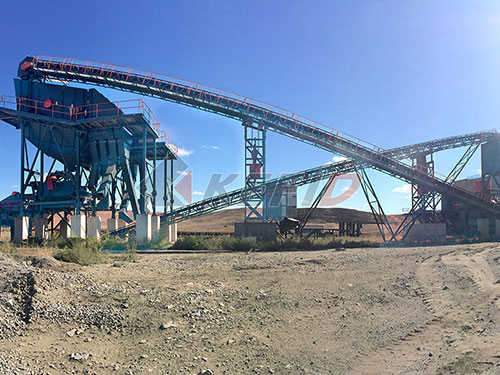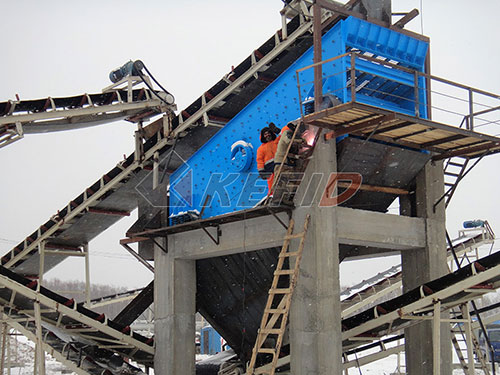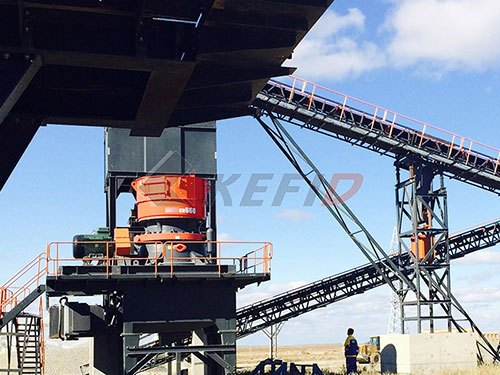Demystifying Jaw Crusher Refurbishment: A Comprehensive Guide to Total Cost Analysis
Investing in jaw crusher refurbishment is a strategic decision for many quarrying, mining, and aggregate operations seeking to extend equipment life and optimize capital expenditure compared to purchasing new machinery. However, accurately forecasting the total cost of a refurbishment project is complex and requires careful consideration beyond just the initial quote for parts and labor. Understanding the full spectrum of expenses involved is paramount for budgeting accurately and determining the true return on investment (ROI). This comprehensive guide delves into the multifaceted components that constitute the total cost of jaw crusher refurbishment.
Why Refurbish? The Value Proposition
Before dissecting costs, it’s crucial to recognize why refurbishment is often a compelling option:
1. Significant Capital Savings: A major overhaul typically costs 40-70% of the price of a comparable new jaw crusher.
2. Extended Equipment Lifespan: Properly executed refurbishment can add 10+ years of productive service life.
3. Improved Performance & Efficiency: Replacing worn components restores original crushing capacity and efficiency; upgrades can even enhance it.
4. Reduced Operating Costs: New wear parts improve energy efficiency per ton crushed compared to worn components operating sub-optimally.
5. Minimized Downtime Risk: Addressing underlying issues proactively reduces unplanned failures during critical production periods.
6. Sustainability: Refurbishing aligns with circular economy principles by maximizing resource utilization.
Deconstructing the Total Cost: Components
The total cost (TC) of jaw crusher refurbishment can be expressed as:
TC = Direct Costs + Indirect Costs + Contingency + Opportunity Cost
Let’s break down each element:
1. Direct Costs: The Tangible Expenditures

These are the most visible expenses directly tied to the physical work.
a) Wear Parts Replacement:
Core Components: Jaw dies/liners (fixed & movable), cheek plates (side liners), toggle plates/seats/ends/pins/brackets.

Cost Drivers: Crusher size/model (larger = larger/more expensive parts), material specification (standard manganese vs premium alloys like MX), quantity required per set.
Consideration: Always replace wear parts in sets for balanced performance and longevity.
b) Mechanical Component Replacement/Rebuild:
Bearings: Main shaft

Leave a Reply